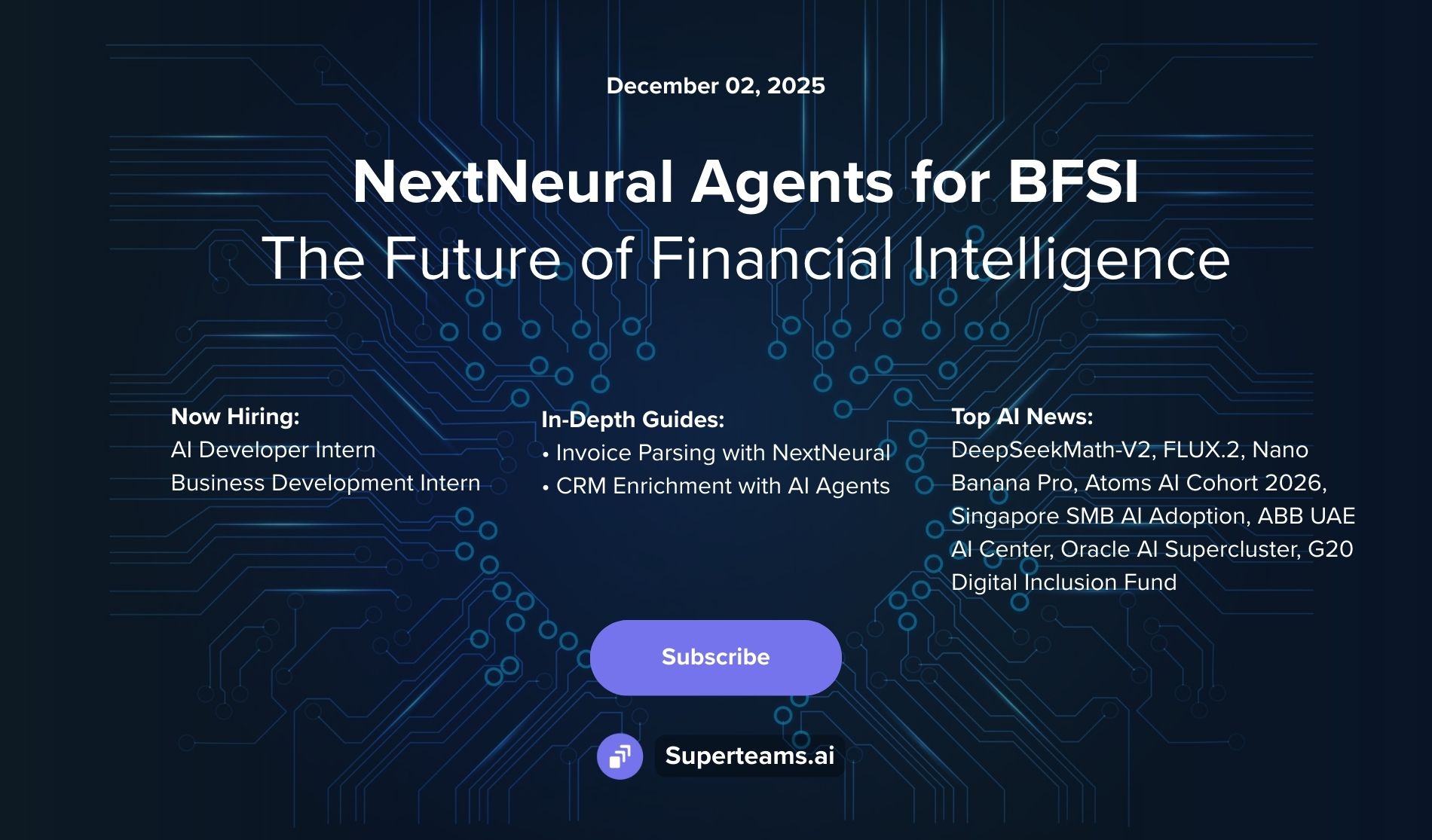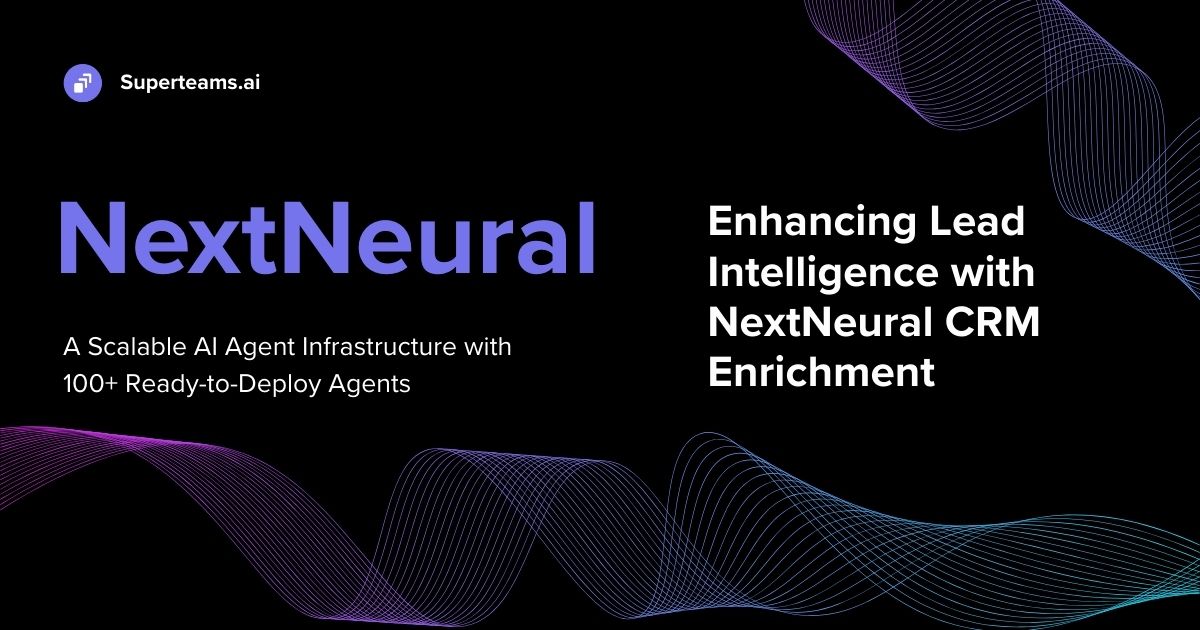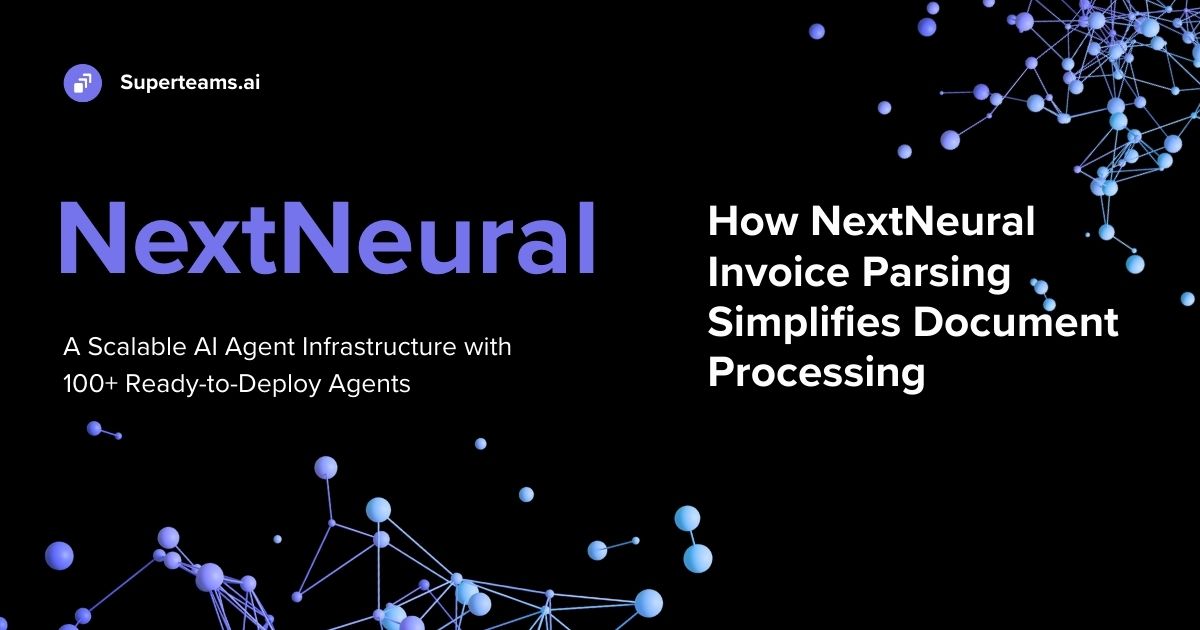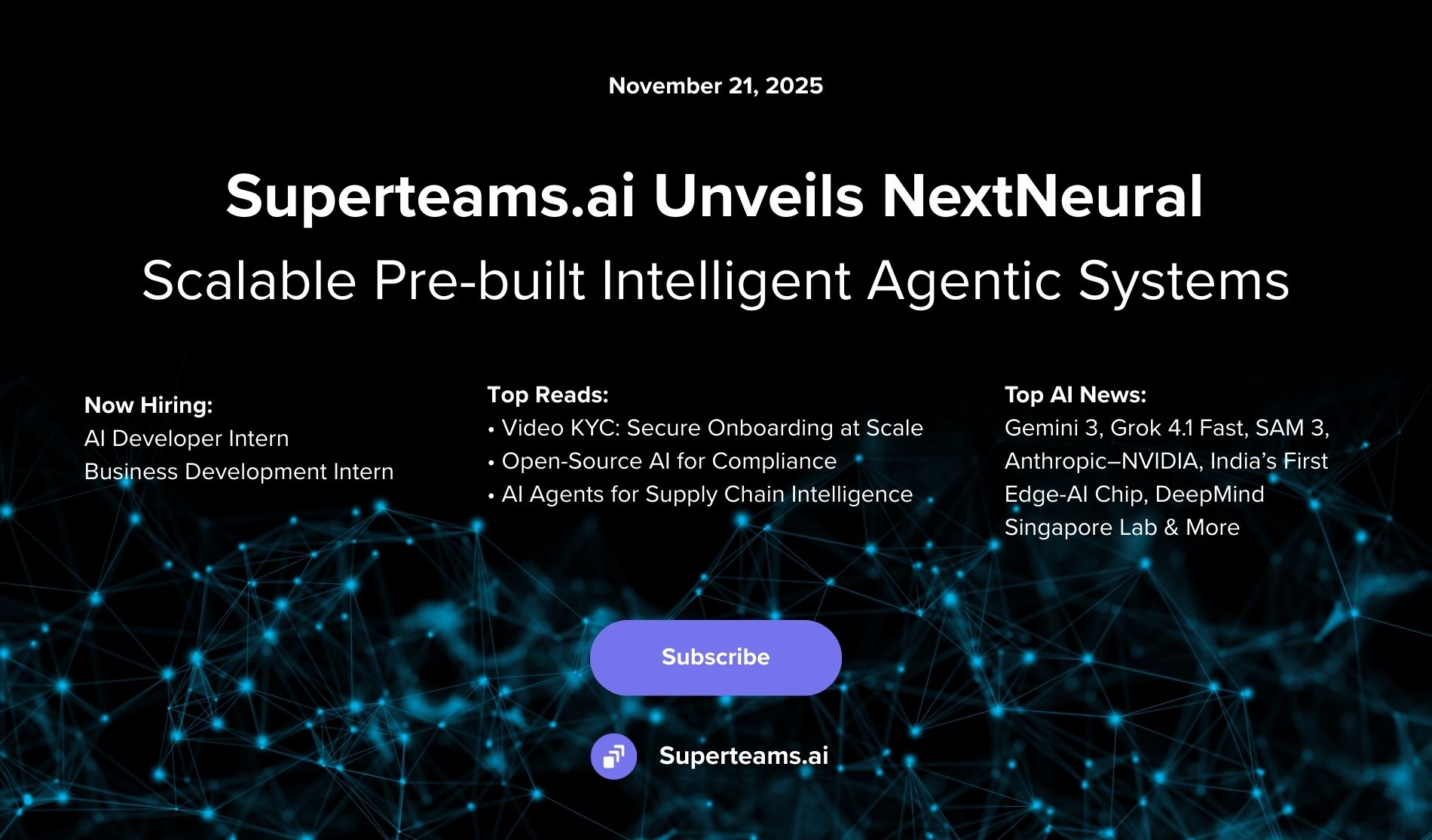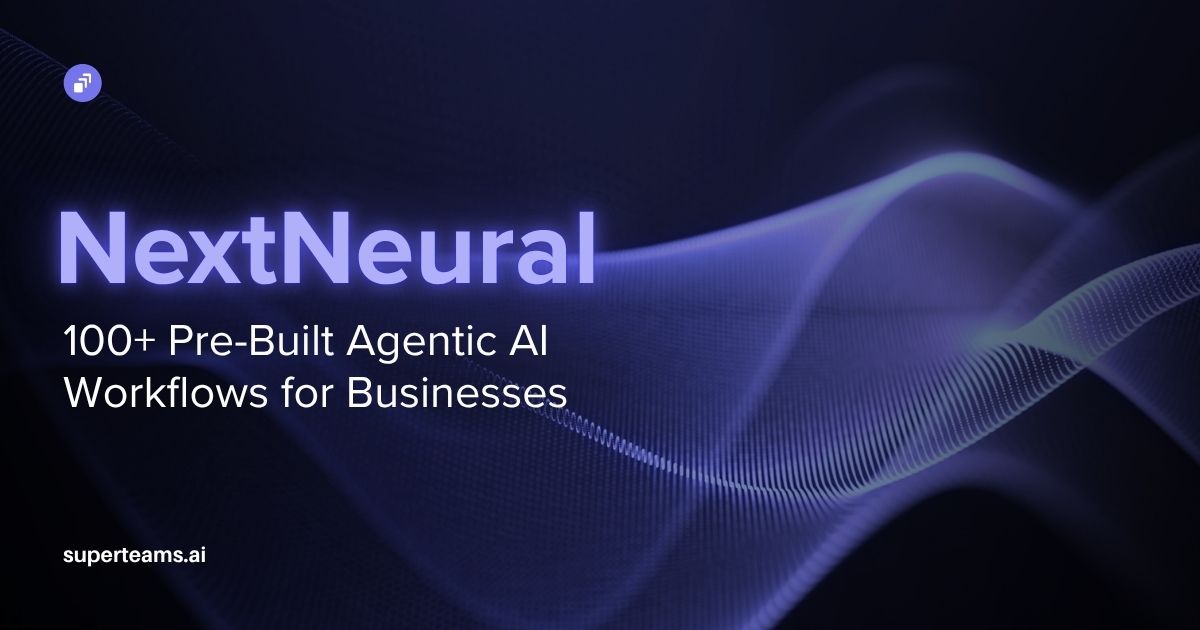India’s AI Workforce Advantage: Solving the Global Talent Crunch Beyond Borders
India’s AI workforce offers unmatched scale and skill. As visa barriers rise in the West, remote-first and EOR models are enabling global companies to build agile, distributed AI teams.
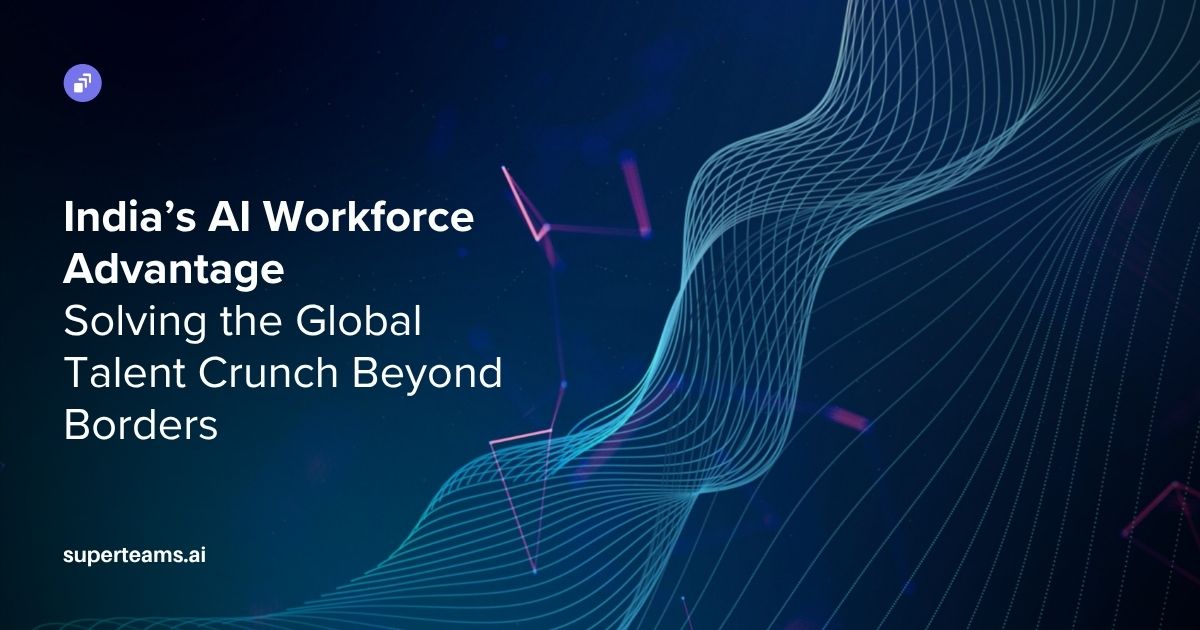
Over the past few years, artificial intelligence has transformed from a niche capability into a strategic priority for almost every industry. But as the technology accelerates, one problem has only become more acute — there simply aren’t enough skilled people to build and maintain AI systems.
Across the U.S., Europe, and the UK, companies are discovering that their biggest obstacle to scaling AI isn’t hardware or funding — it’s talent. Nearly half of U.S. executives now cite the skills gap as a top barrier to AI adoption. In the UK, around one-third of companies report being unable to find qualified AI professionals. Even Europe’s tech-heavy economies, including Germany, face shortages of up to 70% in advanced AI roles.
While the West grapples with this widening gap, India has quietly built the world’s deepest AI talent bench. According to NASSCOM, India is home to more than four million technology professionals, with about 400,000 specialising in AI, data science, and machine learning. The Stanford AI Index (2024) ranks India second globally in AI skill concentration, with twice the global average penetration of AI expertise — a figure that continues to grow every year.
A New Era of Access, Without the Visa
Traditionally, when Western companies needed technology talent, they relied on relocation — flying engineers across borders under H-1B or ILR routes. That approach no longer scales.
With rising visa costs in the U.S. and tighter residency policies in the UK, cross-border hiring has become slower, more expensive, and often tangled in uncertainty. For companies chasing fast AI deployment cycles, these frictions are more than inconvenient — they’re existential bottlenecks.
So the question has shifted from “How do we bring AI engineers abroad?” to “How can we work with the best AI engineers where they are?”
Rethinking Global Team Models
Over the last decade, a few models have evolved to make this possible — each with its strengths and trade-offs.
The Offshore Development Center (ODC) model was the first-generation solution. A company either built or partnered with a dedicated team in India, taking care of infrastructure, HR, and operations under a cost-plus arrangement. For large enterprises, ODCs remain effective long-term investments — but they require significant upfront capital (often $200K–$300K just to set up) and can take months before producing results.
For the fast-moving world of AI, where model lifecycles are measured in weeks, that’s simply too slow.
The Rise of Remote-First and EOR Partnerships
A newer, more agile framework has now taken the lead — remote-first collaboration backed by Employer of Record (EOR) partnerships.
Here’s how it works:
- Instead of opening an office, a company partners with a local EOR in India.
- The EOR legally employs the team on behalf of the company, handling compliance, payroll, and taxation.
- The parent company retains full operational control — defining tasks, managing output, and aligning work directly with its internal teams.
The result is a plug-and-play model for hiring global AI talent. Teams can be onboarded in a matter of days, not months. Costs remain transparent, scaling up or down as project needs change. And companies stay compliant with local laws without the overhead of creating a legal entity.
For startups and mid-sized AI ventures, this structure has become a game-changer — turning access to India’s AI talent pool into an operational reality instead of a paperwork challenge.
Why This Model Fits the AI Industry
AI doesn’t behave like traditional software development. It’s iterative, experimental, and constantly evolving. That makes flexibility — not just capability — the defining factor of success.
Hiring full-time, in-house AI teams in high-cost markets often means committing significant budgets before there’s clarity on return. A remote-first or EOR-led structure flips that risk profile.
Companies can treat AI work as ongoing R&D, building small, high-performance pods of Indian engineers to explore use cases, train models, and prototype solutions. When a project shows traction, they can scale; when it doesn’t, they can pivot. This approach keeps experimentation alive while protecting capital.
India’s Unique Position in the AI Economy
India’s advantage isn’t just numerical — it’s structural.
- STEM scale: Every year, India graduates hundreds of thousands of engineers, giving it one of the world’s broadest technical pipelines.
- Evolving AI curriculum: Universities and government programs are now embedding AI training into mainstream education, creating job-ready talent at speed.
- Strong ecosystem: A wave of AI startups, accelerators, and cloud-native companies has built hands-on capability in deploying and maintaining models.
- Collaborative culture: English fluency, 24-hour work overlap with Western time zones, and deep familiarity with global product ecosystems make integration seamless.
Put together, these factors make India not just a low-cost option but a strategic partner in global AI innovation.
From Relocation to Collaboration
The model of relocating engineers to a headquarters is giving way to distributed intelligence. In AI, where iteration and experimentation define competitiveness, teams that can collaborate asynchronously across borders — while staying connected through shared data and infrastructure — represent the future.
For Western enterprises and AI-driven startups alike, India’s talent ecosystem offers the rare combination of scale, skill, and speed. By partnering through EOR or remote-first frameworks, companies can build adaptive AI teams that keep pace with technology — not bureaucracy.
The Future of AI Work
What’s emerging isn’t outsourcing in the traditional sense; it’s a global co-creation model. The next generation of AI companies will be those that know how to build distributed R&D capacity — integrating top engineers wherever they are, and aligning them through shared frameworks and open communication.
India sits at the heart of that future. For organisations determined to lead in AI innovation, the opportunity isn’t just to hire from India — it’s to build with India.
Link to the original publication: https://etedge-insights.com/technology/artificial-intelligence/bridging-the-ai-talent-gap-tapping-indias-ai-workforce-beyond-visa-barriers


